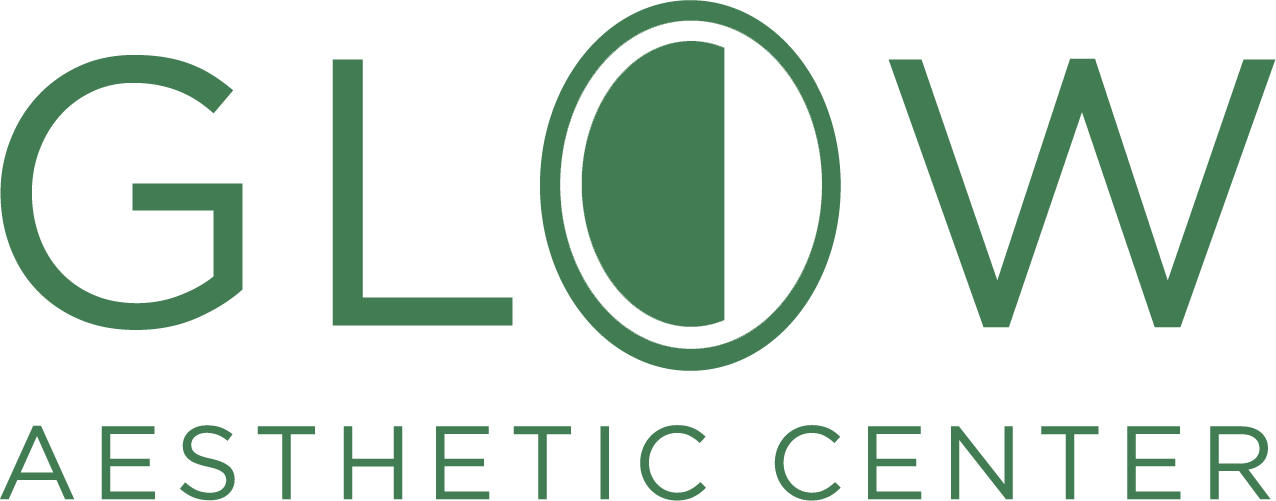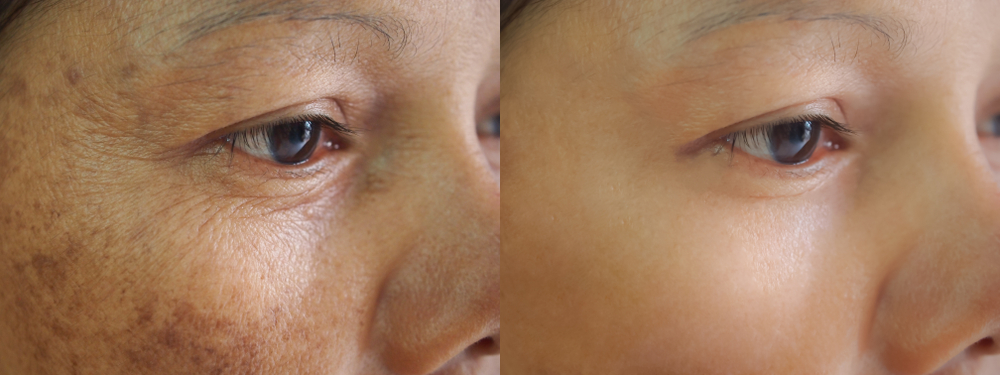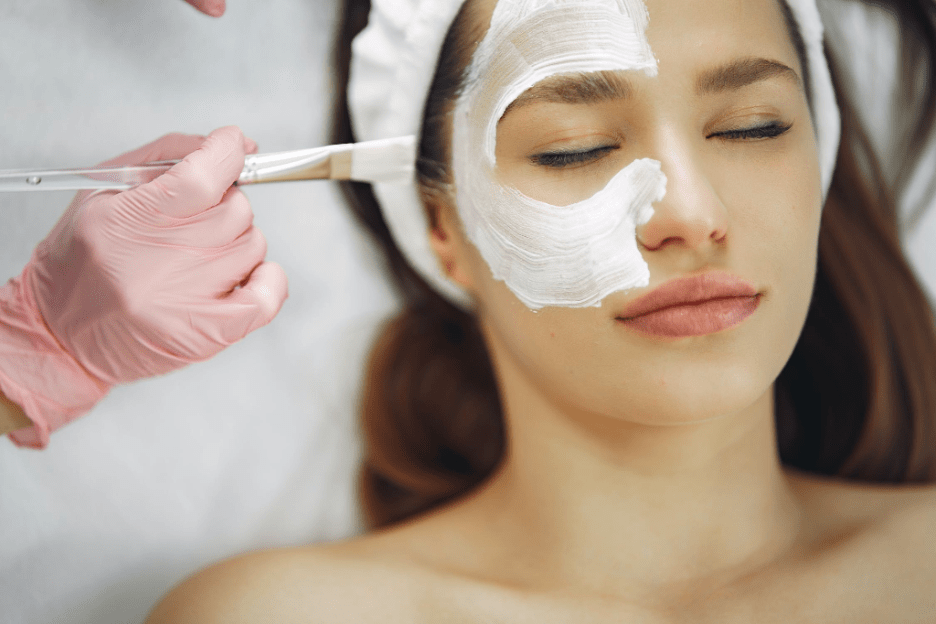Melasma is one of the most frustrating skin concerns many people face. It doesn’t just appear out of nowhere—it tends to settle in gradually and often resists common skincare solutions. These dark patches can affect your confidence, especially when they appear on visible areas like the cheeks, forehead, or upper lip.
Understandably, many people want to know: Can melasma go away on its own? And if not, what options are available to help fade it safely and effectively?
This blog breaks down what melasma really is, why it appears, and how treatments like Complexion Code Plus Depigmentation at Glow can support your skin’s clarity and brightness.
What Is Melasma and Why Does It Develop?
Melasma is a common form of hyperpigmentation. It appears as flat brown, tan, or grayish patches that typically show up on the face, especially areas that get the most sun exposure. While it can affect anyone, melasma is more common in women and individuals with medium to dark skin tones.
What causes melasma isn’t entirely straightforward. Multiple factors often contribute:
- Hormonal changes: Pregnancy, birth control, or hormone therapies can all play a role.
- Sun exposure: Ultraviolet rays stimulate melanocytes, the cells that produce pigment, worsening melasma.
- Genetics: A family history of melasma can increase your risk.
- Skin inflammation: Acne, over-exfoliation, and harsh treatments can trigger post-inflammatory pigmentation that mimics melasma.
Melasma doesn’t damage your skin physically, but it can take a toll emotionally. It can also prove stubborn when trying to treat it without expert guidance.
Can Melasma Disappear on Its Own?
Melasma can sometimes fade over time, but it usually depends on the cause.
For example, if it developed during pregnancy (a form known as chloasma or the “mask of pregnancy”), it might slowly diminish after giving birth and hormone levels stabilize. However, this isn’t guaranteed. In many cases, the pigmentation remains or worsens with ongoing sun exposure or continued hormonal triggers.
Here’s what’s important to understand: melasma rarely resolves without some form of targeted care. Even if it fades temporarily, it tends to return. The pigment-producing cells in melasma are extremely reactive. That’s why ongoing care, sun protection, and treatment are key to managing it long term.
Common At-Home and Professional Treatments
Many people turn to brightening serums, exfoliating acids, or vitamin C to treat melasma. These can be helpful for mild cases, but usually aren’t strong enough on their own to address deep pigment that sits in the dermis (the lower layer of the skin).
In-office treatments provide more noticeable and lasting improvement. These may include:
- Chemical peels
- Topical retinoids
- Laser or light-based therapies
- Prescription skin lighteners like hydroquinone
One of the most promising newer options is Complexion Code Plus Depigmentation, offered at Glow. It’s designed to work on melasma and other types of hyperpigmentation while remaining safe for all skin tones.
How Complexion Code Plus Depigmentation Helps Melasma
Melasma is a stubborn condition. It requires a treatment that addresses the underlying cause—not just the surface pigmentation.
Complexion Code Plus is a comprehensive, medical-grade system that targets melanin production, encourages cell turnover, and supports skin renewal. It combines professional in-office care with at-home support, making it a full-spectrum solution for fading discoloration and keeping it under control.
What makes this system stand out is its multi-phase approach:
Phase 1: In-Office Mask Application
During your appointment, a practitioner applies a specialized Complexion Code Mask. This targets deeper layers of pigmentation and kickstarts the depigmentation process. It’s formulated with potent ingredients like tranexamic acid, kojic acid, and retinol—all chosen to interrupt melanin production, encourage fading, and renew the skin from within.
Phase 2: At-Home Maintenance
After your in-office treatment, you’ll continue with a structured skincare routine. This includes cleansers, moisturizers, and serums that work together to keep melanin at bay, calm inflammation, and maintain your results. This stage is just as important as the professional peel—it keeps your skin moving in the right direction while preventing rebound pigmentation.
Why This Treatment Works for Different Types of Melasma
Melasma doesn’t always behave the same way. Some cases are hormonal, while others come from sun exposure or skin trauma. Complexion Code Plus adapts to these variations.
Key active ingredients include:
- Tranexamic Acid – Interferes with the melanin production pathway triggered by hormonal shifts.
- Kojic Acid – Reduces tyrosinase activity, which plays a key role in pigment formation.
- Retinol – Promotes faster cell turnover and encourages new, healthier skin to emerge.
Supporting ingredients like azelaic acid, arbutin, and salicylic acid help further reduce pigment and clear surface dullness. The entire system is designed to work on all Fitzpatrick skin types, which means it’s safe for deeper complexions that often can’t tolerate more aggressive peels or lasers.
What Results Can You Expect?
Complexion Code Plus delivers visible results when used consistently and with guidance from a trained provider. Many patients see improvements in their skin’s brightness, tone, and smoothness within a few weeks. With proper maintenance, results continue to improve for 30 to 45 days or more.
The most noticeable changes typically include:
- A reduction in the appearance of melasma patches
- A more even skin tone overall
- Smoother, brighter texture
- Reduced appearance of fine lines due to retinol and antioxidants
While no melasma treatment offers permanent “removal,” this protocol significantly reduces visible pigment and helps prevent it from returning.
What to Know Before and After Treatment
Your skin must be properly prepared before beginning this type of depigmentation therapy. Retinoids and strong exfoliants should be discontinued 3–7 days before your appointment. This helps protect the skin barrier and prevent irritation.
After treatment, you’ll need to:
- Use gentle cleansers and moisturizers as directed
- Apply SPF 50+ every day, even indoors
- Reapply sunscreen every few hours when outside
- Avoid active ingredients until your provider clears you to resume them
Some redness and peeling are normal during the first week. Your provider at Glow will guide you through the process, including how to manage any temporary dryness or tightness.
Why Sun Protection Is Critical for Melasma
Even the best treatment won’t work long-term without proper sun protection. UV rays stimulate pigment-producing cells, and melasma-prone skin is highly sensitive to this response.
Daily sunscreen use is essential. Look for a broad-spectrum SPF 50+ and wear protective clothing and hats when outside. Reapply every few hours, especially if you’re active or sweating.
Glow also recommends pairing your Complexion Code Plus routine with antioxidant-rich products that fight oxidative stress, which contributes to pigmentation and aging.
How Glow Can Help You Address Melasma
At Glow, every patient begins with a full consultation to assess their skin type, pigmentation pattern, and individual concerns. Melasma is complex, but a targeted, medical-grade solution like Complexion Code Plus offers a clear path to improvement.
Glow’s expert practitioners understand how melasma behaves and what your skin needs to stay balanced. You’ll receive a customized treatment plan with follow-up support to ensure you get the best outcome.
Ready To Fade Melasma Safely?
If you’re tired of struggling with melasma or feel like nothing you’ve tried has worked, Complexion Code Plus may be the solution. This depigmentation system offers a reliable, non-invasive way to improve your skin’s clarity and radiance with long-lasting support.
Get in touch with the team at Glow to schedule your consultation and find out if this treatment is right for you. A more even, glowing complexion could be closer than you think.
Melasma and Complexion Code Plus FAQs
What causes melasma to develop?
Melasma is often triggered by sun exposure, hormonal changes, genetics, or inflammation. These factors activate pigment-producing cells, leading to dark patches.
Can melasma ever go away completely?
It can fade over time, especially if triggered by pregnancy or medication. However, most cases need professional treatment and sun protection to stay under control.
Is Complexion Code Plus safe for darker skin tones?
Yes. This system is safe and effective for all Fitzpatrick skin types, including deeper complexions that are more prone to pigmentation issues.
How long does it take to see results from the treatment?
Visible improvements usually begin within a few weeks. Most patients see full benefits around 30 to 45 days after starting the protocol.
Will my melasma return after treatment?
Melasma can return, especially with sun exposure or hormonal shifts. Ongoing care, sunscreen, and maintenance treatments can help reduce this risk.
Is the Complexion Code Plus system painful?
Some patients experience mild tingling, tightness, or peeling, but discomfort is minimal. The treatment is non-invasive and requires no downtime.
What makes this treatment different from a regular chemical peel?
It uses a combination of in-office application and at-home care. The ingredients are medical-grade and designed for deep pigment correction, not just surface exfoliation.
Can I wear makeup after the procedure?
It’s best to wait until redness and peeling subside. Your provider will let you know when it’s safe to resume makeup use.
What kind of sunscreen should I use during the process?
A broad-spectrum SPF 50+ is essential. Glow recommends reapplying every few hours when outside.
How do I know if this treatment is right for my melasma?
Book a consultation at Glow. Your provider will examine your skin and walk you through the options to determine if Complexion Code Plus is the right fit.








